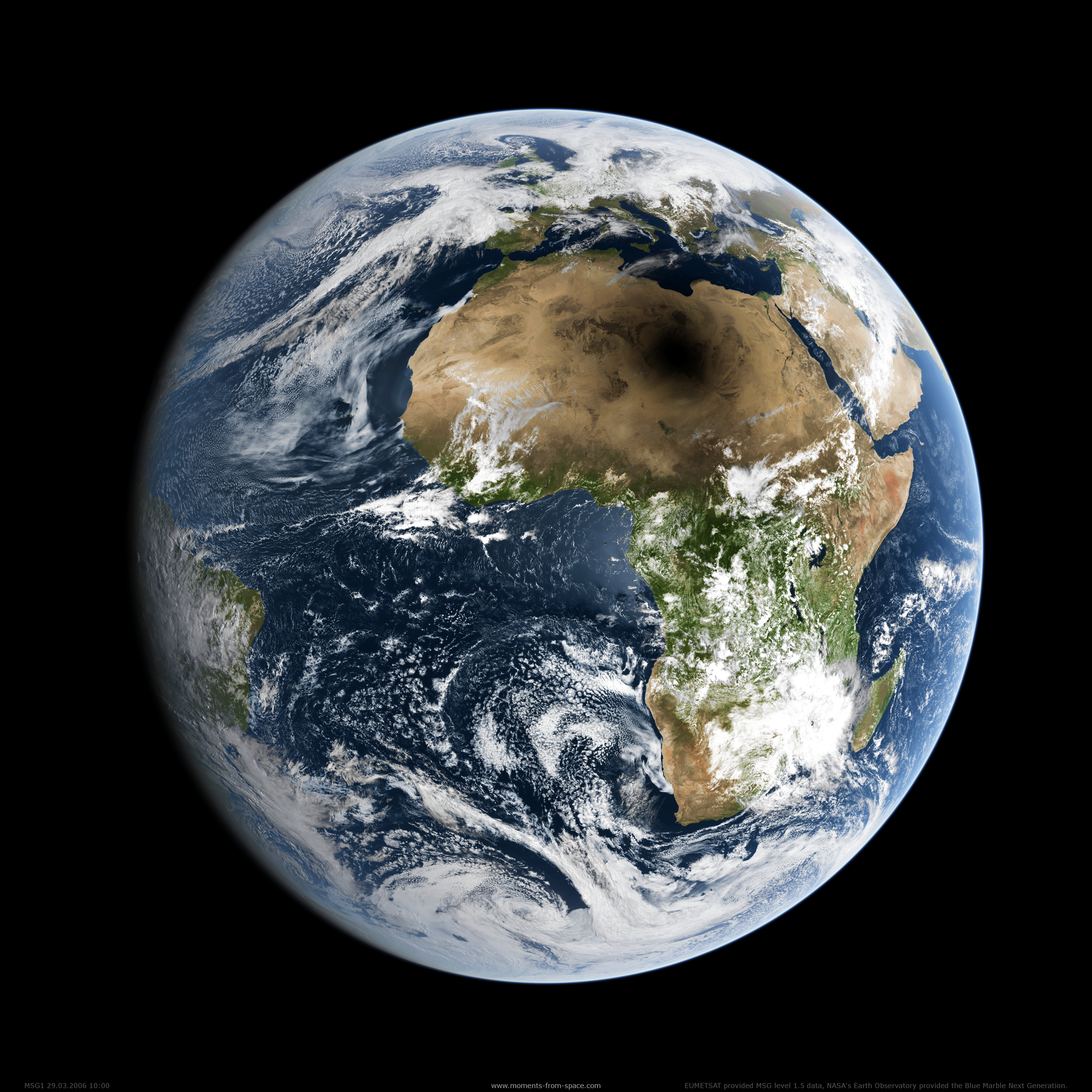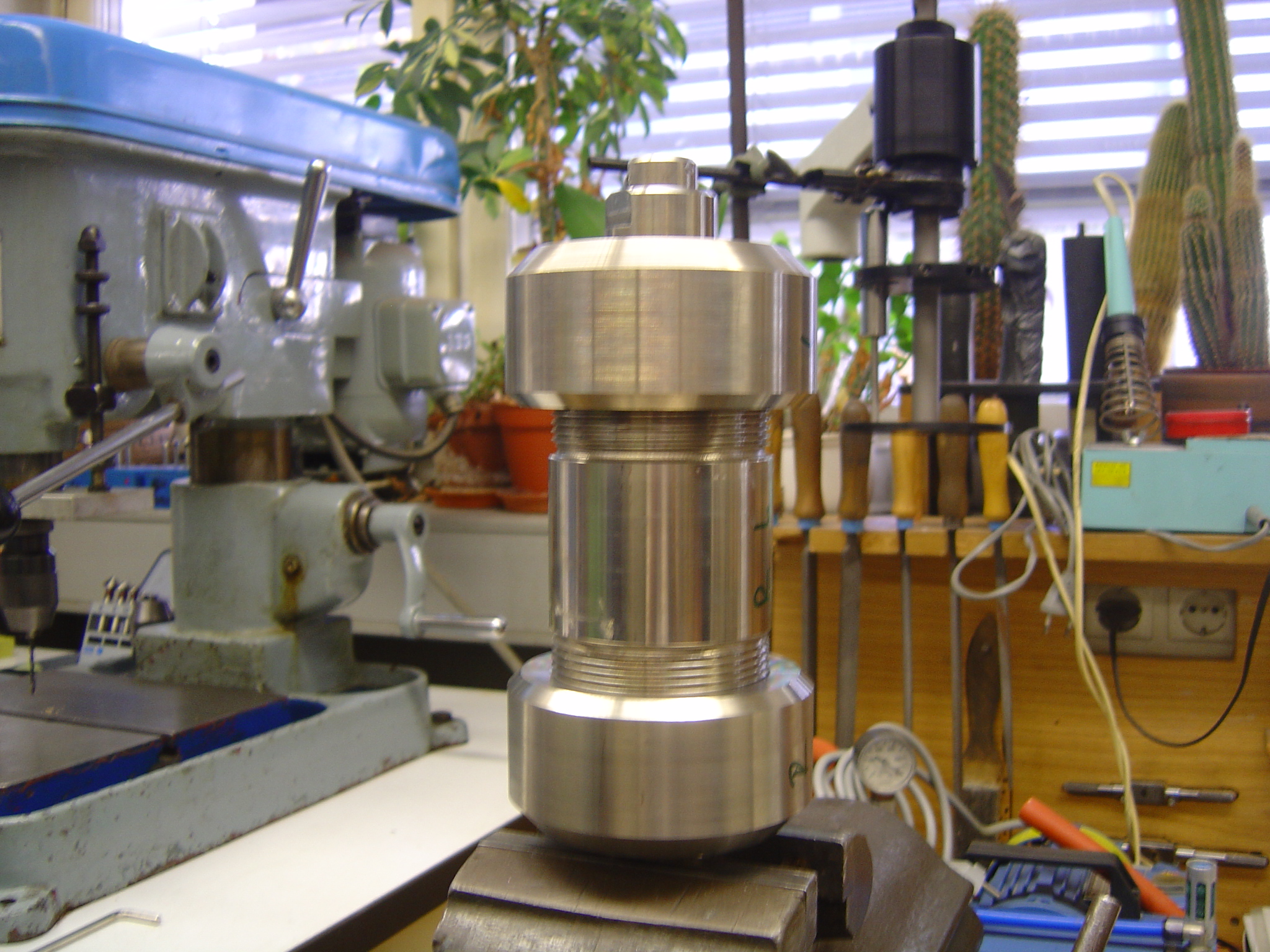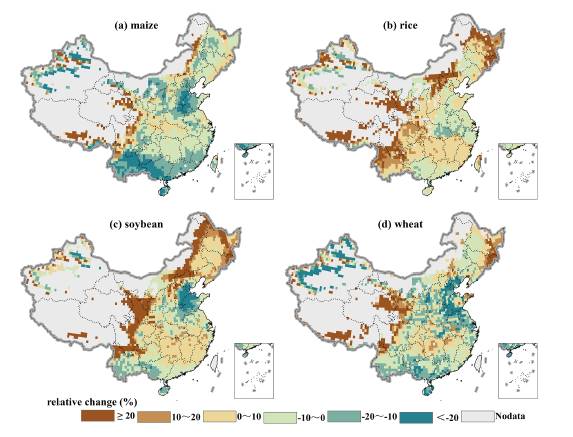It’s I’m a Geoscientist week! Or more exactly: weeks. From March 9 until March 20, the EGU supports I’m a Geoscientist to help students engage with scientists about real science. The Energy, Resources and Environment Division of the European Geosciences Union encompasses a broad range of different ERE-related topics, from surface to subsurface, spanning all aspects of geosciences. In order to demonstrate how broad the Division actually is, and what you can do as a geoscientist to be involved with energy, resources or the environment, we asked the members of the ERE committee to introduce themselves and explain how their day-to-day work relates back to ERE.
From above ground, we will dive down below into the subsurface with Suzanne Hangx, post-doctoral researcher at the High Pressure and Temperature Laboratory at Utrecht University.
***
 In my research, I have always been driven by curiosity about the physical and chemical processes that control rock material behaviour in the subsurface, along with the direct relevance of this field to socially relevant issues. Naturally, working on energy, sustainability and the environment from a geoscientific point of view was a logical step. I want to contribute to solving geo-energy problems, by investigating and quantifying related risks, such as climate change caused by greenhouse gases or surface subsidence caused by oil/gas/ground water production, and contribute to socially acceptable solutions or technologies.
In my research, I have always been driven by curiosity about the physical and chemical processes that control rock material behaviour in the subsurface, along with the direct relevance of this field to socially relevant issues. Naturally, working on energy, sustainability and the environment from a geoscientific point of view was a logical step. I want to contribute to solving geo-energy problems, by investigating and quantifying related risks, such as climate change caused by greenhouse gases or surface subsidence caused by oil/gas/ground water production, and contribute to socially acceptable solutions or technologies.
For about 10 years I have mainly been working on CO2 Capture and Storage (CCS). It is considered to be one possible route to get rid of large quantities of CO2 by injecting them into the subsurface, reducing its effect on climate change. Suitable locations are depleted oil or gas reservoirs, or aquifers, at several km’s below the surface. However, it is important to ensure that after injection the CO2 also stays there – not just today or tomorrow, but for thousands of years. Once a potential injection site is suggested, it is important to see if the reservoir (the ‘container’) and the seal keeping the CO2 in place (the ‘lid’), are up for the job, so to speak. I investigate if the injected CO2 does anything to the rocks to alter their mechanical behaviour, i.e. how they break, under which force they break and if they get weaker by the presence of the CO2.
When you inject CO2 into a depleted oil or gas reservoir, part of it will start to dissolve into the water that is present in that reservoir, while the rest will stay in a dense liquid or supercritical phase. When CO2 dissolves in water, the water will become acidic. This acidic fluid can chemically interact with the surrounding rocks, and certain minerals may dissolve and new ones may be formed. In addition, the way cracks propagate through the rock may be affected, changing their strength and the way they break. If a rock gets sufficiently weakened by the chemical interaction with CO2 it may compact or break, which we would like to know in advance!

In Utah, natural CO2 accumulations are present within the Entrada Sandstone (‘Layer Cake’ by Suzanne Hangx, via ImagGeo)
Such chemical interactions may occur on different timescales. Processes that happen in days, weeks or months can still be dealt with in a laboratory setting. However, to be able to predict what will happen on the timescale of thousands of years, we are currently trying to learn as much as we can from naturally occurring CO2 fields, such as those in Utah (USA), Australia and Europe. These fields can contain over 90% pure CO2 and have mostly done so for thousands of years. Studying these fields can help us understand better how subsurface storage of anthropogenic CO2 will evolve over time.
Nowadays I’m trying to apply what I learned during my research on the chemical-mechanical interactions occurring in rocks to understand surface subsidence, and related induced seismicity, resulting from the production of fluids such as oil and gas. Though dealing with a different setting, the mechanisms and processes are similar to those of interest for CCS. Given their interdisciplinary nature, the ERE sessions at the EGU General Assembly are the perfect platform for me to show my most recent research in both areas!





